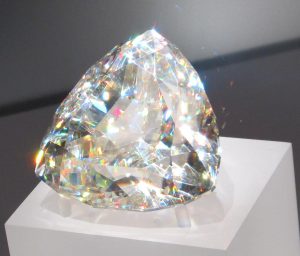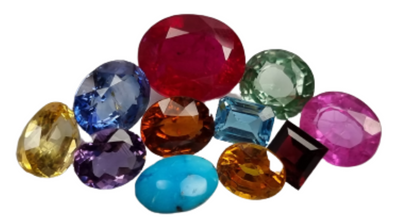Introduction: Cerussite, a captivating mineral with a rich history and remarkable properties, has long been cherished for its distinctive crystal formations and diverse applications. In this article, we will explore the origins, properties, uses, and the myriad benefits of cerussite, shedding light on its allure for collectors, enthusiasts, and practitioners alike.
Origins and Formation: Cerussite, also known as lead carbonate, owes its name to the Latin word “cerussa,” which refers to white lead, a nod to its characteristic color and composition. This mineral typically forms in the oxidized zones of lead ore deposits, often in association with other lead minerals such as galena. Its formation occurs through the interaction of lead-bearing solutions with carbonate rocks, giving rise to its distinctive crystal structures.
Properties: Cerussite is renowned for its striking crystal habits, which include prismatic, tabular, and reticulated formations. Its color can vary widely, ranging from colorless to white, gray, and even yellow, depending on impurities present during formation. Cerussite exhibits perfect cleavage along three directions, resulting in transparent to translucent crystals with a vitreous to adamantine luster. This mineral is relatively soft, with a Mohs hardness ranging from 3 to 3.5.
Uses and Applications: Cerussite’s unique properties make it highly prized in various industrial, artistic, and metaphysical applications. Historically, cerussite was utilized in the production of white pigments for paints, cosmetics, and ceramics due to its high lead content. However, due to concerns over lead toxicity, its use in these applications has diminished over time.
In the realm of lapidary arts, cerussite is valued by collectors and artisans for its aesthetic appeal and diverse crystal forms. Polished cerussite specimens are often showcased in mineral collections and museum exhibits, admired for their intricate crystal structures and lustrous surfaces.
Metaphysical Properties and Benefits: Cerussite is revered for its metaphysical properties, which are believed to facilitate spiritual growth, clarity of thought, and emotional healing. It is associated with the crown and upper chakras, promoting alignment with higher consciousness and facilitating communication with spiritual guides and higher realms.
Furthermore, cerussite is said to enhance mental acuity, memory retention, and problem-solving abilities, making it a favored stone for students, academics, and individuals seeking mental clarity and focus. Its calming energy is believed to alleviate stress, anxiety, and negative thought patterns, promoting inner peace and emotional stability.
Cerussite is also associated with purification and transformation, aiding individuals in releasing limiting beliefs, patterns, and attachments that no longer serve their highest good. It encourages self-reflection, introspection, and personal growth, empowering individuals to embrace change and pursue their true purpose with confidence and determination.
Caring for Cerussite: Due to its lead content, cerussite should be handled with caution to avoid exposure to lead dust and fumes, which can be toxic if ingested or inhaled. When handling cerussite specimens, it is advisable to wear gloves and wash hands thoroughly afterward to minimize the risk of contamination. Additionally, cerussite should be stored away from heat, moisture, and direct sunlight to prevent damage to its delicate crystal structure.
Conclusion: Cerussite stands as a testament to the enduring beauty and complexity of the natural world, captivating collectors, artists, and spiritual seekers alike with its mesmerizing crystal formations and metaphysical properties. From its origins deep within the earth to its transformative energy and myriad applications, cerussite continues to inspire awe and wonder, inviting exploration and discovery into the mysteries of the mineral kingdom.
Buy Our Natural Gemstones Online at http://Gemfame.com Call for details at Mobile +91 9444456511, Landline +91 44 42333655.





